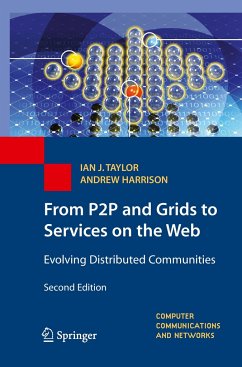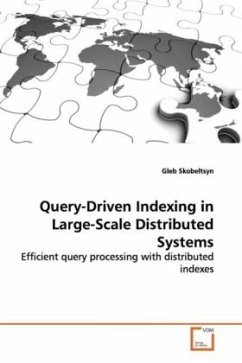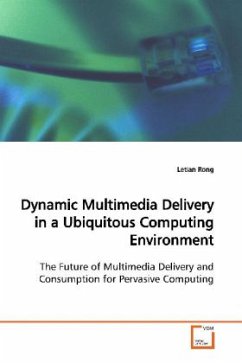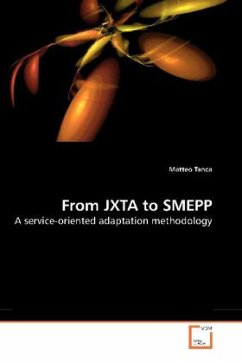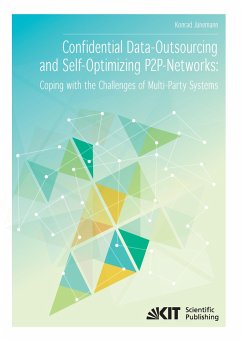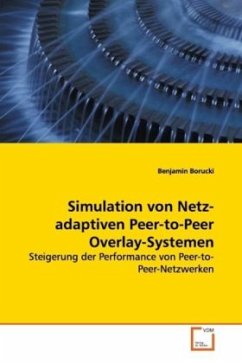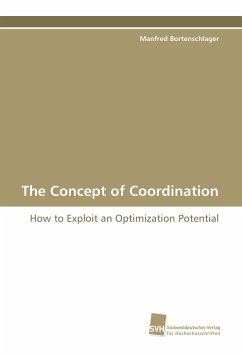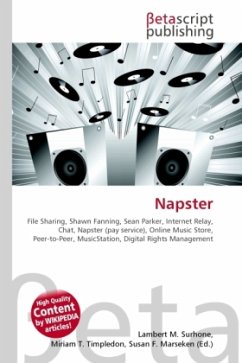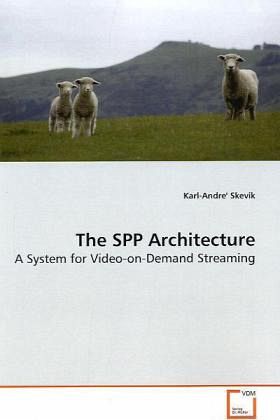
The SPP Architecture
A System for Video-on-Demand Streaming
Versandkostenfrei!
Versandfertig in 6-10 Tagen
51,99 €
inkl. MwSt.

PAYBACK Punkte
26 °P sammeln!
After many years of reluctance, major content ownersfinally appear to have embraced the Internet. Thereare now several legal download services available onthe Internet, but downloading incurs a delay for theuser. Streaming reduces this delay, but creating ascalable interactive Video-on-Demand streamingservice is neither trivial nor cheap, creating highbarriers to entry.In this book, we address the problem of designing andimplementing a scalable system for Internet basedinteractive multimedia streaming, and present theStreaming P2P Protocol (SPP) architecture, a systemfor low-cost interactive V...
After many years of reluctance, major content owners
finally appear to have embraced the Internet. There
are now several legal download services available on
the Internet, but downloading incurs a delay for the
user. Streaming reduces this delay, but creating a
scalable interactive Video-on-Demand streaming
service is neither trivial nor cheap, creating high
barriers to entry.
In this book, we address the problem of designing and
implementing a scalable system for Internet based
interactive multimedia streaming, and present the
Streaming P2P Protocol (SPP) architecture, a system
for low-cost interactive Video-on-Demand services.
Using a combination of content distribution networks
and Peer-to-Peer networking techniques, the SPP
architecture achieves the benefits of a content
distribution network without the costs being carried
by a single entity. Fully deployed, the
infrastructure of the SPP architecture is not owned
by a single entity but a result of actions beneficial
for all parties. Content providers can distribute
content at low cost, users have greater access to
more content, and network owners can control and
reduce traffic.
finally appear to have embraced the Internet. There
are now several legal download services available on
the Internet, but downloading incurs a delay for the
user. Streaming reduces this delay, but creating a
scalable interactive Video-on-Demand streaming
service is neither trivial nor cheap, creating high
barriers to entry.
In this book, we address the problem of designing and
implementing a scalable system for Internet based
interactive multimedia streaming, and present the
Streaming P2P Protocol (SPP) architecture, a system
for low-cost interactive Video-on-Demand services.
Using a combination of content distribution networks
and Peer-to-Peer networking techniques, the SPP
architecture achieves the benefits of a content
distribution network without the costs being carried
by a single entity. Fully deployed, the
infrastructure of the SPP architecture is not owned
by a single entity but a result of actions beneficial
for all parties. Content providers can distribute
content at low cost, users have greater access to
more content, and network owners can control and
reduce traffic.



